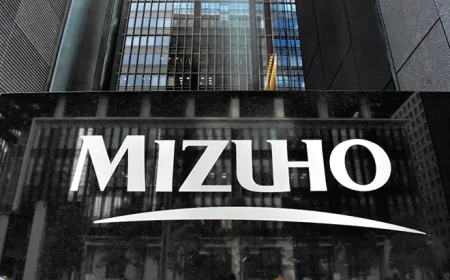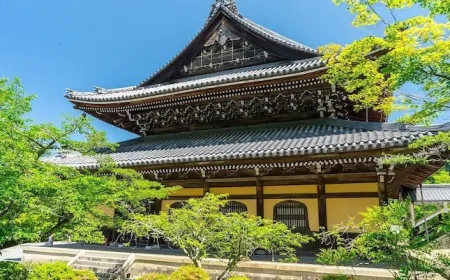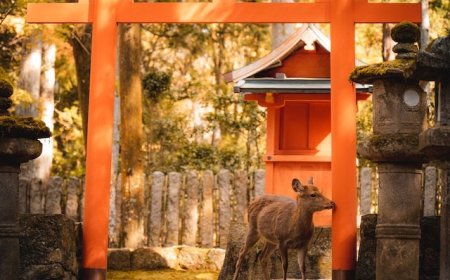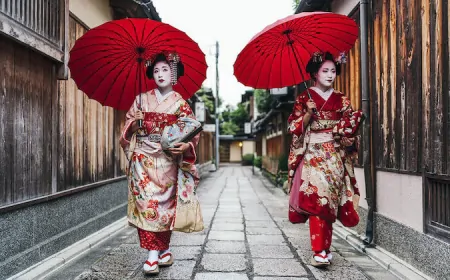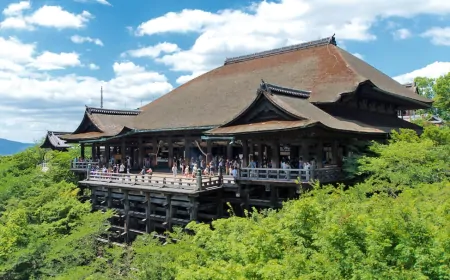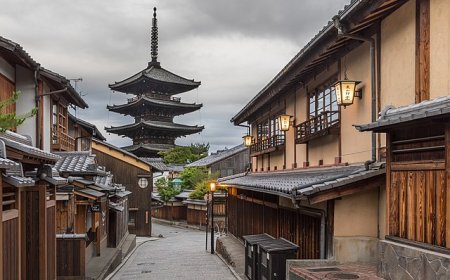Must-visit Inari shrines in Japan
Out of 30,000 temples with Inari fox images, which are the most impressive and special places for tourists to visit? Let's explore now.

1. Fushimi Inari Taisha:
Considered one of the famous Inari shrines of Japan, Fushimi Inari Taisha in Kyoto is the first place to visit for visitors. This place is very famous for its seemingly endless tunnel of 10,000 brilliant orange torii gates, attracting hundreds of thousands of tourists every day.
If you follow the winding trail, you'll find yourself at the top of Mount Inari in about an hour and a half. Being photographed with a frame that captures the torii gate will certainly be quite difficult because the number of tourists every day is too large. However, the temple is open 24 hours a day, so we can visit the temple early in the morning, a time when there are less tourists.
More information:
Address: 68 Fukakusa Yabunouchi, Fushimi-ku, Kyoto
Admission: Free
Opening hours: 24/24
Phone: 075 641 7331
Website: http://inari.jp/
2. Kasama Inari
Kasama Inari Shrine in Ibaraki dates back more than 13 centuries and is one of the three largest Inari shrines in Japan. Although it doesn't have as many torii gates as Fushimi Inari Taisha, its impressive architecture still attracts more than 3.5 million visitors from all over the world each year. Especially, on days like Tet holidays, the temple welcomes more than 800,000 people in just three days. One of the shrine's most eye-catching features are the pair of 400-year-old wisteria trees, which produce beautiful delicate purple blooms every May. The Kasama area is also famous throughout Japan for its ceramic products, so be sure to keep an eye out for this handmade Inari fox souvenir to take home!
More information:
Address: 1 Kasama, Ibaraki District
Admission: Free
Opening hours: 6:00 - 17:00
Phone: 03 366 7498
Website: http://www.kasama.or.jp/index.html
3. Toyokawa Inari
Upon entering the grounds of Toyokawa shrine, you'll find yourself passing through a traditional torii gate with the eyes of two Nio Buddhist guardian deities watching. It is quite rare that Toyokawa Inari Shrine is both a Shinto shrine and a Buddhist temple. This sacred space is also a place to preserve ancient houses dating back nearly 600 years. But perhaps the most famous here are the thousands of Inari fox statues spread across the 13 square kilometer land. This is one of the places with the largest total number of Inari fox statues of any temple.
More information:
Address: 1 Toyokawa, Aichi Prefecture
Admission: Free
Opening hours: 5:00 - 17:30
Phone: 0533 85 2030
Website: https://www.toyokawainari.jp/
4. Motonosumi
This temple is located in Nagato city in Yamaguchi prefecture. Built in 1955, the temple is a place to worship the gods who protect the sea, in the hope of catching a good season and a prosperous business of the fishermen. The most unique feature of the temple is the Torii gate. More than 100 Torii gates are located one after another extending over 100m from the entrance to the shrine. The splendid vermilion of the Torii gate contrasts with the blue of the sky and the chlorophyll of the trees, creating a beautiful, vivid picture.
More information:
Address: 498 Yuyatsuo, Nagato, Yamagachi
Admission: Free
Opening hours: 5:30 - 17:30
Phone: 083 924 0462
Website: http://www.visit-jy.com/en/spots/17060
5. Yutoku Inari
Located in Kashima City, Saga Prefecture, Yutoku Inari Shrine is famous for its beautiful aesthetics. Despite its relatively new age compared to the above shrines - built in 1687, it quickly gained a reputation as one of the top three Inari shrines in Japan. After crossing the picturesque bridge, visitors will travel along a hillside trail through torii gates before reaching the 18m-high main hall, which overlooks the temple grounds. In the large garden of the temple are peonies blooming seasonally. Yutoku Inari also has a museum that houses historical armor worn by feudal lords.
More information:
Address: 1855 Furueda, Kashima, Saga
Opening hours: The temple is open all day, but the garden and museum are open from 9:00 to 16:30
Entrance fee: Temple entrance: free; Flower garden: 200 yen; Museum: 300 yen
Website: https://www.yutokusan.jp/
6. Keihin Fushimi Inari
Built shortly after the end of World War II in Kawasaki, Keihin Fushimi Inari Shrine is the youngest of the temples listed above, but also the closest to downtown Tokyo. However, Keihin Fushimi is extremely unique with more than 108 Inari fox statues in different colors, representing 108 earthly temptations of Buddhist teachings. Another difference compared to other temples is that each fox statue here has a different face and demeanor. Also within the temple grounds, there is also a small model of Mount Fuji. Instead of traditional materials, the statue is made from lava rock from Mount Fuji itself.
More information:
Address: 2980 Shinmaruko, Kawasaki, Kanakawa
Entrance fee: Free
Opening hours: 6:00 - 17:00
Related Products




![【ふるさと納税】[PROEVO] アルミスーツケース フレームキャ...](https://thumbnail.image.rakuten.co.jp/@0_mall/f405221-oki/cabinet/07205886/ay_sku/ay-s0027_00.jpg?_ex=128x128)


![【ふるさと納税】スーツケース [PROEVO-AVANT] フロントオー...](https://thumbnail.image.rakuten.co.jp/@0_mall/f405221-oki/cabinet/07205886/ay_sku/ay-s0005_00_v2.jpg?_ex=128x128)
